Straight Ahead Samples, Atomic Big Band Horns Review (Deep Reveal, 2023)
Atomic Big Band is not a whimsical novelty; rather, it is a hard hitting, potent horns ensemble that champions an entirely new approach to horn sampling, and showcases itself as a specialized solution aimed straight at Big Band, Jazz, Funk and Pop productions. If you’re looking for mellow, emotive brass tones, or cinematic flavours, you’d be better off looking in the direction of something like e-Instruments, “Valves”. On the flip side, if you’re in need of exciting, assertive horns dripping with character and ferocious tone, this one will fit the bill consummately – especially if you’re looking to achieve the MOST realistic horn performances possible with a Kontakt library!
SA Samples’ Atomic Big Band Horns ring-a-ding-dings the til at a moderately dear MSRP (Manufacturer Suggested Retail Price) of $495 US buckaroos -- in other words, it’s not cheap. If you’re just a curious samples hoarder, then this sample library might seem to be a little too steep for casual purchase. If, however, you’re in the market for a serious powerhouse that can handle Big Band, Jazz, Pop, Rock and upbeat Blues with ease, and can also effectuate blistering solos, then you should definitely check this one out! Mind you, when you take into consideration that there are 13 individual instruments crammed in, all highly playable on their own, this calculates to only $38.50 per horn.
Atomic Big Band is not of the featherweight variety – it weighs in at a stout 17 GigaBytes. While seventeen GB is not a negligible amount of data, there are many triple-A-grade sample libraries reaching sizes of 50 GB, or greater, nowadays. Personally, I tend to favour sample sets that only require moderate storage capacities. Many home producers are using laptops, so having disk space ample enough to house gargantuan sample libraries is no trivial matter. Trying to keep up with larger and larger sample sizes means one must have multiple terabytes of speedy SSD (Solid State Drive) storage at hand; after all, trying to work with 50 GB+ sample libraries on a mechanical hard drive is neither efficient nor enjoyable. SSD prices are dropping to more reasonable figures these days; nevertheless, there is certainly a substantial cost to be taken into consideration if you’re thinking of increasing/upgrading your available disk space. I applaud SA Samples for keeping ABB’s size within acceptable proportions. Not only does ABB sound great, and offer sublime performance realism, but it does so without demanding inordinate disk real estate.
Authorization and Activation
In Native Access, many of NI's older products (Eg. Komplete 7/Komplete 8 Pianos Collection) are not listed anymore, so if you lost the original installation files, you'll likely have a tough time getting a hold of them again. Mind you, some of the deprecated NI instruments can still be downloaded if you are lucky enough to find their obscure links on Native-Instruments’ web site . . .)
What’s on Tap?
“Atomic Big Band! The Horns” is comprised of thirteen individual instruments – these are:
Obviously, the word, ‘Lead,’ in a couple of the instruments’ titles denotes that those particular selections are well suited to soloing or lead melody playing, but quite frankly, I’ve found that all the Atomic horns fare well in those roles. That said, the Lead Trumpet and Lead Trombone each possess that extra bit of “X” factor that does indeed edge them out to front chair positions.
Each instrument serves up a heaping portion of tasty, appropriate articulations; many of them common to all thirteen instruments, Eg. Doits, Falls (short & long), Scoops, Flops, Crescendos, Half & Whole step Trills, Gliss runs, Half step Bends, along with your expected legato, staccato, forte seasonings – you’re gonna jus’ love the trumpet shakes and the trombone hairpins! Since the various horns live in differing octave ranges, their respective note ranges and keyswitches occupy varying regions of a standard eight octave keyboard. For those who will be composing with a 61 key midi controller (or smaller), you’ll likely need to transpose your keyboard down by an octave or two at times. Notwithstanding, there is a very strong cohesion and continuity throughout the entire package.
Getting To Know The Band Members
Each ABB instrument bears the identical appearance and similar graphical appointments of its band mates: these being a crisply contrasted white on black motif and eye-catching tangerine accents (or maybe they’re peach coloured?). There are three Options pages for configuring an instrument’s relevant parameters: Performance, Sound and Control.
:: Performance
The “Performance” page grants control over basic play style options, where items such as Vibrato, Staccato triggering (by velocity), and Long Scoop triggering (by velocity) can be toggled on and off. Dynamics may be regulated by key velocity or mod wheel movements. The trumpets and trombones are accompanied by a full roster of very cool-sounding mutes too – these are selectable from the ‘Mute Select’ drop down menu.
:: Sound
Scooting on over to the “Sound” screen is where we find a reverb switch, and a solitary rotary knob for dialing in the wet/dry balance of the luscious, on-board convolution reverb. And lemme tell ya, this is a really nice sounding reverb, y’all! There are four microphone channels to work with: Close, Tape, Room and Bleed. One may prefer to use any single channel on its tod, or a combination thereof to set up a soundstage tailored to their liking. Although the mic channels are more or less presented as stereo pairs, the individual samples themselves are all monophonic. This makes panning and positioning much easier in a typical mix.
It is recommended that you use either the ‘Close’ OR the ‘Tape’ channels, rather than trying to combine them. Attempting to combine these two might result in phasing issues. This is by cause of both configurations using the same original samples. There is a major difference between them, however. In the case of the ‘Tape’ channel, the original samples are not merely being processed by Kontakt’s built in tape saturation effect; rather, the samples were fed through an honest-to-goodness physical 1” (one inch) tape machine and ‘re-recorded’.
:: Control
Lastly, the “Control” page is the area where a user can tweak certain parameters – most notably the ones that are actionable on the performance page. Under the Miscellaneous subsection, you can enable trumpet mute key switches, and assign them to a keyboard region of choice. Here too, ‘Long Scoop Speed’ can be set, thereby modifying the time it takes for scooped notes to reach their intended pitch. This is obviously important where tempo accuracy is concerned.
I assure you that “Atomic Big Bands! The Horns” is built from the ground up using new, dedicated samples specific to this product – no reused “leftovers” are being served. Furthermore, in regard to the multiples of saxes, trumpets and trombones, not only was each horn individually sampled, but they were each played by different musicians. The company made a public blog post to address this concern. Feel free to read their encouraging response here:
https://www.straightaheadsamples.com/post/what-s-the-difference-between-birth-of-the-trumpet-and-the-trumpets-in-atomic-big-band
Over the considerable period of time that I’ve invested into this review, I’ve enjoyed corresponding infrequently with SA Samples’ co-founder and primary public relations representative, Trey Pollard. I’ve found the man himself, and SA Samples the company, to be genuine and sincere. On the whole, SA Samples puts a great deal of emphasis on maintaining a high bar of musical integrity in every single product they develop. For instance, you won’t hear sample loops in ABB! The developers chose instead to use honest-to-goodness real (unlooped) samples throughout.
In my experience, SA Samples does its utmost to provide timely, effective customer support (as best as a small company possibly can). You will often see the company engaging with the public, and responding to questions and concerns on a few internet forums. Over the 12 years since Reviewer Revival’s inception (est. 2011), I can attest that SA Samples is one of the most straight forward, down-to-earth companies that I have had the pleasure of interacting with.
Without divulging any trade secrets, suffice it to say that the developer extracts a myriad of articulations, note lengths, transitions, and idiosyncratic characteristics, from actual performances that have been fastidiously captured in specially controlled recording environments. By Trey Pollard’s own admission, “This level of realism is only achievable when a real (professional) musician is really digging in to what they are playing. That's the key to it all.”
I think it’s safe to say that many of us wind up spending a considerable amount of time and effort, tweaking and editing our midi-recorded brass and horns parts after the fact. Post production midi editing is not a bad thing, nor is it an unreasonable expectation. After all, how many of us are proficient trumpeters, saxophonists, trombonists, and et cetera, and have a large collection of these instruments on hand, and have the requisite environment to practice, play and record said instruments?
In all fairness to some of SA Samples’ competitors, it is certainly possible to create quite realistic-sounding horn sections with many of the other Kontakt libraries on the market. For example, I’ve enjoyed good success by utilizing e-Instruments’, “Session Horns Pro”, and/or “Chris Hein Horns Complete” in a number of projects. I’ve also wrangled up some convincing horn arrangements by taking advantage of Impact Soundworks’ auto chord multis in their “Straight Ahead Jazz Horns” package. Nevertheless, I don’t rely on those sample libraries to create ultra realistic, attention-grabbing musical focal points; instead, I incorporate them into my projects as complimentary instrumentation elements: they do a bang up job of delivering authentic-sounding pads, swells, stabs and ornamental phrases.
Smart Delay analyzes the notes you’ve played, and (dare I say) intelligently applies human-like performance decisions such as scoops, staccatos, and subtle pitch variances to an otherwise uninspiring composition. Under the hood, a stupendous number of fine details and performance embellishments - that are elsewise impossible to execute, or program by hand - will dynamically be put into operation. As a matter of fact, ABB draws from a collosal pool of 2000 variations PER PITCH to effectuate this heretofore unheard of level of realism.
Of course, you can further exploit the enormous power of Atomic Big Band’s ‘Smart Delay’ feature by diving into to your DAW’s piano roll/midi editor, and manually penciling in some of ABB’s tasty keyswitches. Go ahead, I double-dog-dare you to stretch some of your midi notes out, and add a few well-placed fall, scoop, hairpin, or gliss run articulations to the composition – you’ll be absolutely stunned by the veristic results! Smart Delay makes use of a truly unprecedented number of note variations; I can’t emphasize enough, just how far beyond simple round-robining and legato transitioning this goes.
Ok, But How Does It Sound?
To my ears, Atomic Big Band’s individual instruments all sound great – they swiftly go into the extraordinary category when ‘Smart Delay’ mode is employed. I commenced this review firmly orientated in ABB’s real time mode because I wanted to establish a strong, accurate sense of how the raw samples sounded, without being distracted by Smart Delay’s wizardry. It didn’t take long for me to deduce that each instrument sounds positively first-class! Each one dispenses husky, even-balanced tone throughout its respective range. You won’t hear any wimpy, anemic tonalities here. Most importantly, all of Atomic Big Band’s horns sound really, really, ‘REAL’! The samples don’t sound as though they were hastily recorded and subsequently ‘fixed’ in post production. On the contrary, these samples genuinely sound like bona fide, superbly captured performance pieces.
This library is far better suited to the more energetic side of things, than it is to soft, delicate applications. That’s not to say that ABB can’t be somewhat subdued and gentle when necessary, but that’s not really its forte. By my observation, ABB’s instruments all share one particular, unmistakable earmark – sonic authenticity! There’s a naturalistic, difficult-to-define purity about them that by and large, seems to elude many other sample libraries of its kind.
Now on to a bit of measured critique. . .
I haven’t confirmed my guesstimations with Trey, but it seems to me that there are generally two or three actual (physical) velocity layers reserved for each sustained note, per instrument. I guesstimate that the wide range of perceived dynamics changes heard in real-time mode, are being actualized via Kontakt scripting, rather than by triggering multiples of physical, velocity-layered samples. I’ve double (and even triple) checked my findings using both Mod Wheel and Key strike velocity modes. In both modes, I detect a mellow toned sample being enlisted for lower velocities, and a brighter, more aggressive-sounding sample coming into play for the higher velocities (specifically with regard to sustained articulations). So then, it seems to me that there are but two physical velocity layers allotted to each sustain-articulated note.
I distinctly hear the (sometimes abrupt) sample differences when I repeatedly play a note with short, staccato-like key presses, while slowly adjusting my keyboard’s mod wheel (from soft to loud). It should be asserted, however, that this anomaly is imperceptible when making dynamics adjustments whilst holding a legato or tongued note. Volume transitions are much more seamless when you’re making dynamics adjustments to a sustained, held note.
I was slightly dismayed (at first) when I noticed that ABB instruments also lack round robin samples where sustained articulations are concerned: these being the Legato, Tongued and Forte-piano inflections. I do perceive a few round robins being cycled when staccato and staccatissimo articulations are in use though. I suspect that the same is true of the other ornamental articulations as well. Again, these conclusions are derived solely in relation to real-time circumstances. As I’d pointed out previously, there is a ginormous pool of 2000 note variations, PER PITCH, that ABB draws from while ‘Smart Delay’ is in operation.
A Nuts n’ Bolts Perspective
On the topics of velocities and dynamics, I can assure you that volume (dynamics) changes are appreciably varied and smooth in ABB. But, to my ears, most of the work is being done programmatically, as opposed to large numbers of sampled velocity layers being streamed from disk. REMEMBER! These findings are demarcated to real-time functionality only, and are not applicable to ‘Smart Delay’. While my neutralizing comments about the scantness of round robins and physical sample layers in ABB’s real-time mode might come across as uncomplimentary, it isn’t at all my intention to be overtly negative. My distinct impression of Atomic Big Band is that it really isn’t purposed for use in real-time mode -- beyond playing in the requisite notes needed for your arrangement. The magic happens when performance duties are carried out by ‘Smart Delay’.
I could be way off base here, but my understanding of how SA Samples’ intends this library to be used, is for a user to divide their workflow into two distinct processes. The first step is to input a melodic or compositional part without worrying too much about articulations and keyswitches. After your notes have been recorded, quantize or manually nudge them, and then pass the performance and styling responsibilities over to the (mostly) automated Smart Delay. Where it used to be a daunting challenge to cajole convincing performances out of most other horn sample libraries, it has now become much, much simpler to accomplish because of “Atomic Big Band! The Horns”.
Concluding Remarks
I sincerely hope that this rather contemplative, and peering inspection of “Atomic Big Band! The Horns”, will help you develop an appreciation for just how revolutionary and relevant this sample library is -- especially in regard to Pop, Jazz, Blues, Funk, and other non-orchestral production needs. At the end of the day, when you combine first-rate sampling quality, with a staggering number of note variations, and unprecedented, highly evolved scripting, you come away with an altogether brilliant sample library that greatly exceeds every other product of its kind.
Stay in the Loop - Subscribe Today!Brother Charles is a freelance writer, Gospel music artist and minister. Charles had been a professional touring musician during the nineties; working primarily as a lead guitarist in the Canadian country music industry. Brother Charles is also involved with music production and quality home recording."
1 Comment
Chuck P.
9/7/2023 06:36:51 pm
I've been searching for a really good horn library since years. I like Chris Hein Pro, but it takes up A LOT of harddrive space. I'm really curious about the smart delay feature built into this Atomic Horns library. I really wish there was a demo version I could try out first though becoz it is kinda pricey. I got to admit, the sample clips and videos are really impressive. This is one of the best reviews I ever read - your really good at your job Brother Charles!!
Reply
Your comment will be posted after it is approved.
Leave a Reply. |
NO SPAM! IK Multimedia Group Buy
FX Pick & Mix Group Buy - up to 16 for the price of 1
Will You Help?Web hosting is getting more and more expensive all the time, and Reviewer's Revival is NOT funded nor supported by any commercial enterprise or business. A donation of any amount is greatly appreciated. Even $2 or $3 for a coffee - every little bit helps. Thanks very much.
Legal BlurbAll of the articles published on Reviewer's Revival are undertaken to be purely objective, impartial reviews. Reviewer's Revival is not owned, funded-by, nor hired by any company or individual. Reviewer's Revival is the sole property of, and solely under the discretion and direction of Brother Charles. |

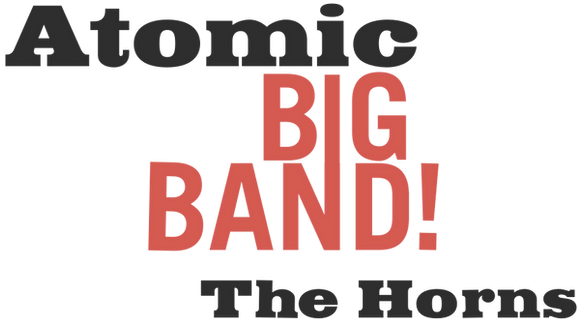

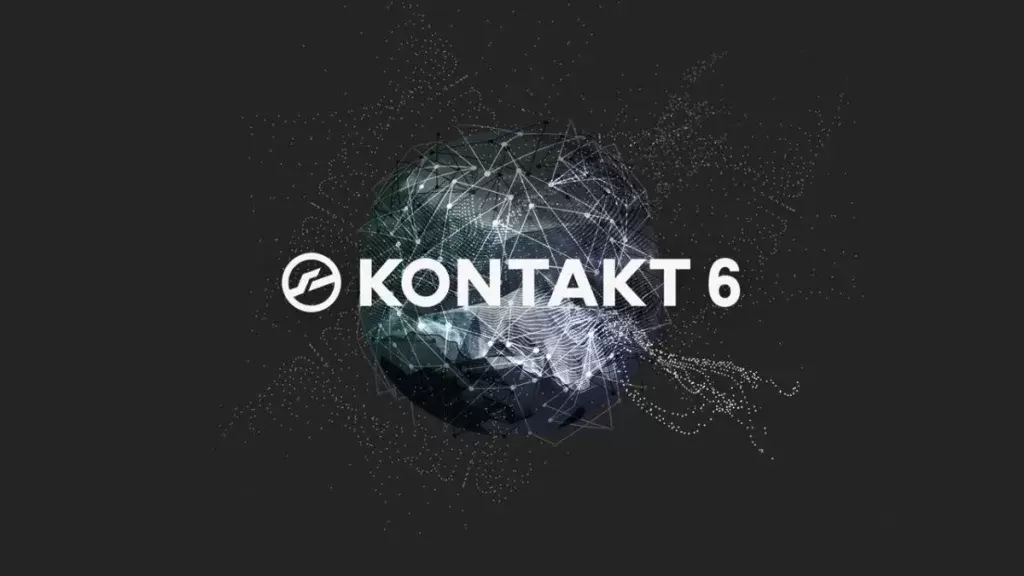
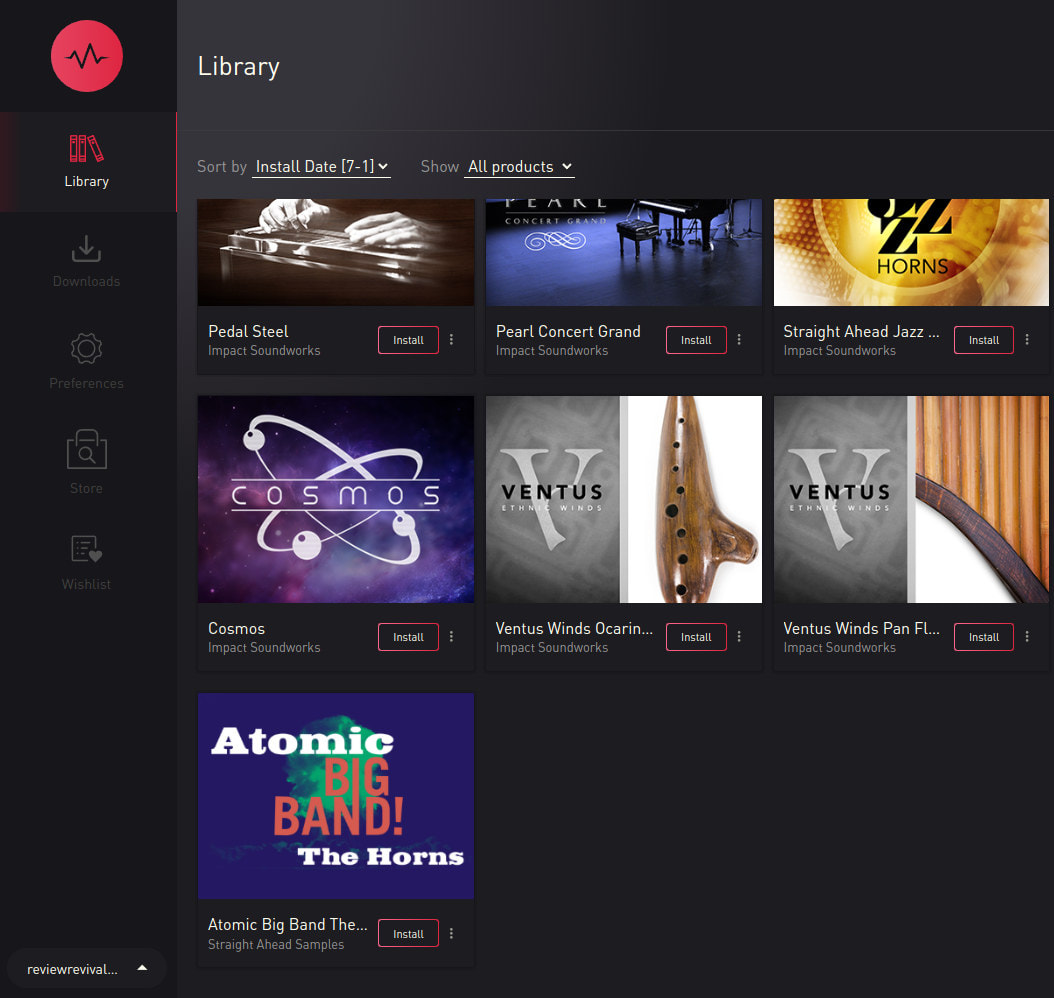

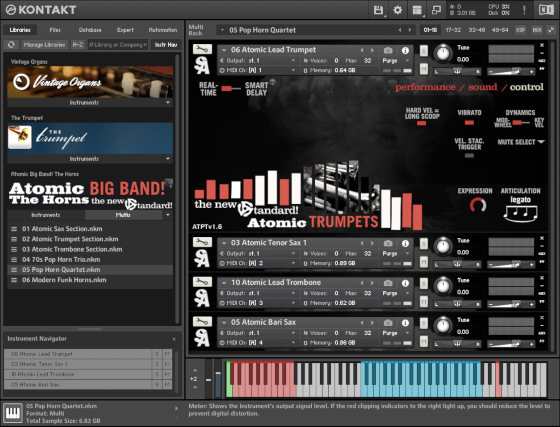
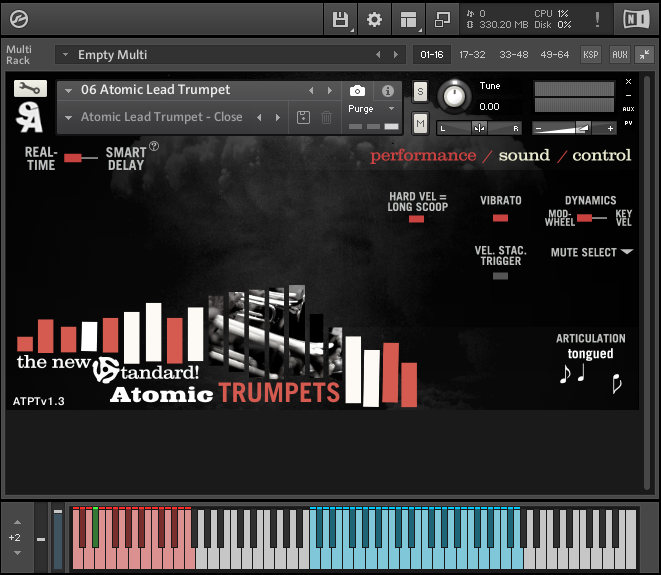
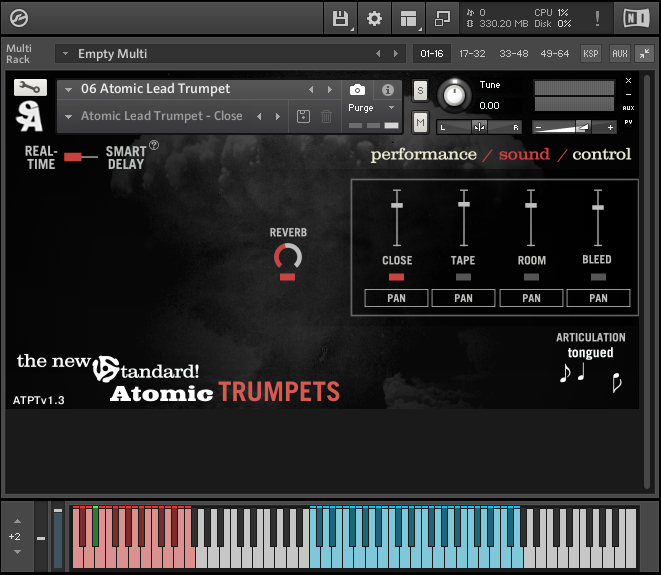


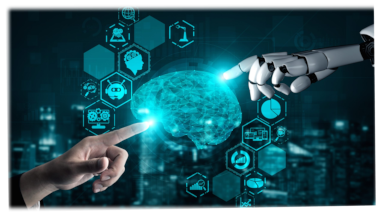
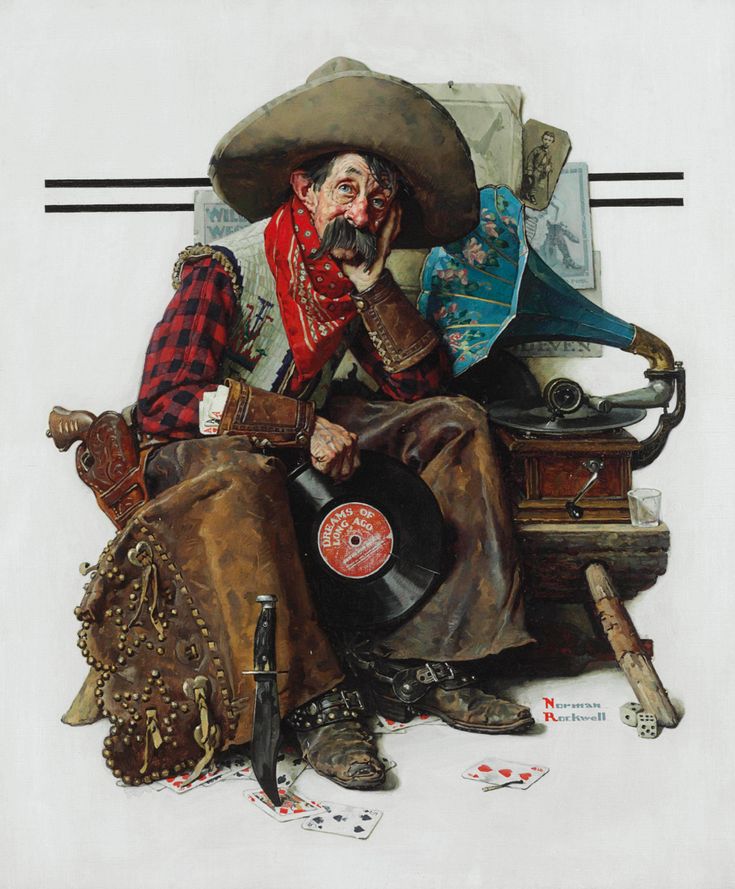


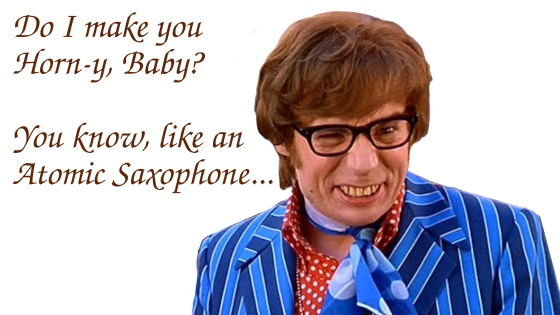






 15% OFF Summer Sale!
15% OFF Summer Sale!
 RSS Feed
RSS Feed

